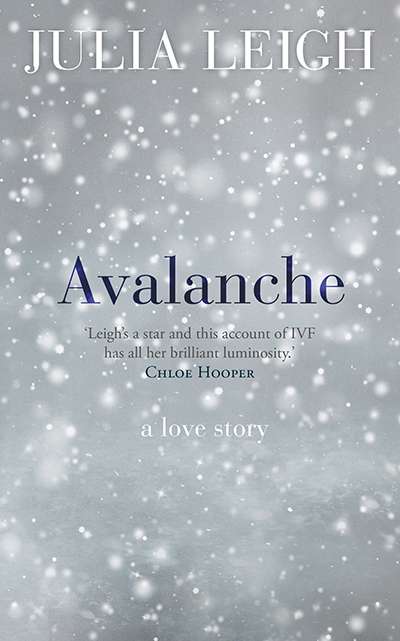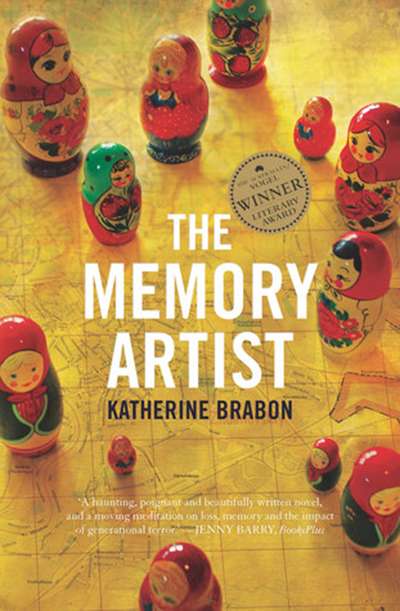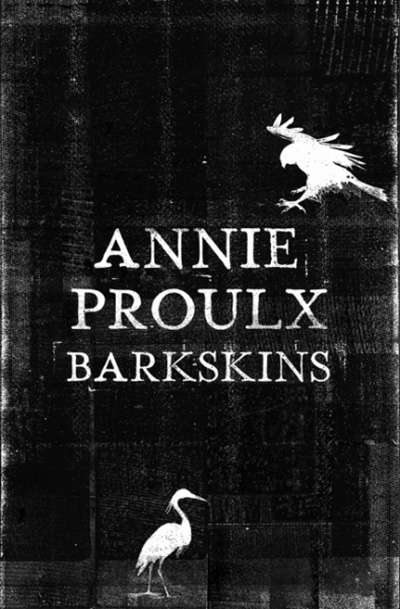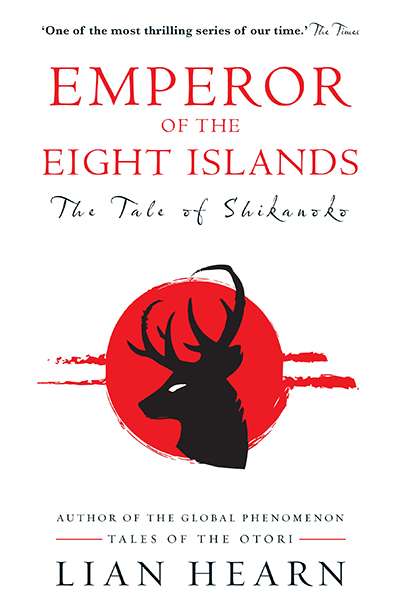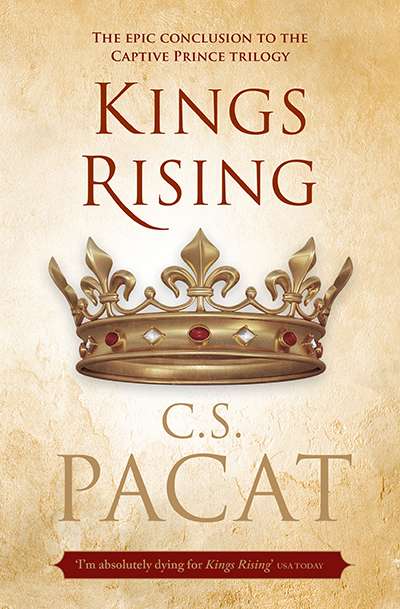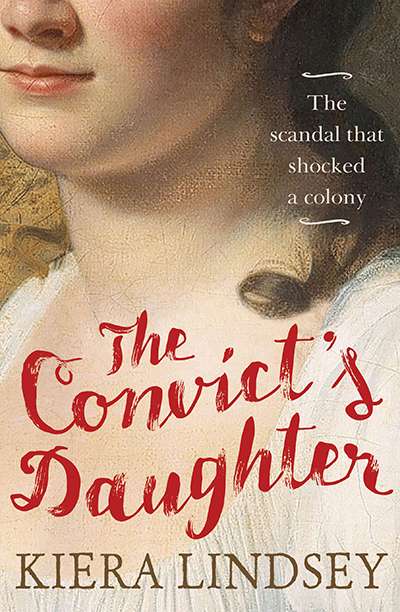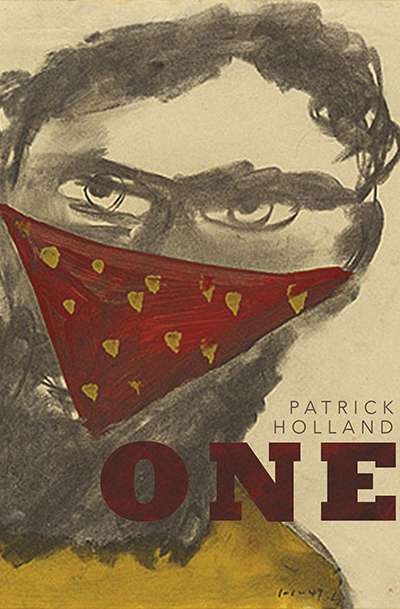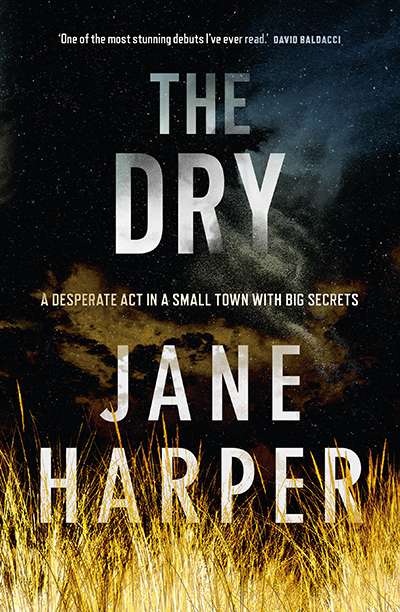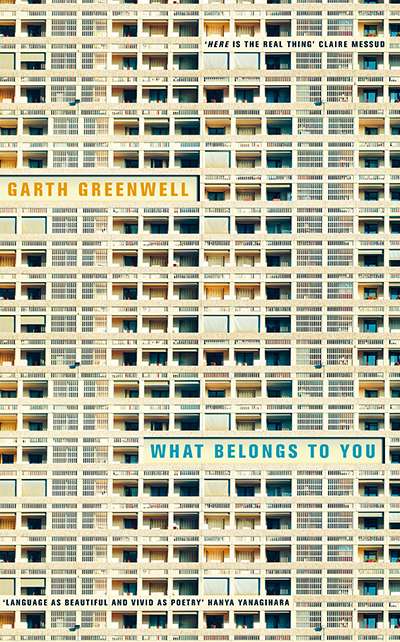Fiction
When snow falls, it blurs the line of sight. Sometimes it covers the world with a soft blanket, dampening everything else; sometimes it chills to the marrow ...
... (read more)For Pasha Ivanov, memory is 'a warped wound, with a welt or bruise that had arrived inexplicably late'. As the son of political dissidents in Moscow during Brezhnev's ...
... (read more)The bleaching event that devastated much of the Great Barrier Reef in recent months made it clear that Earth's ecosystems are in crisis, driven to the brink ...
... (read more)Summer Skin (Allen & Unwin, $19.99 pb, 347 pp, 978192526-6924) by Kirsty Eagar, a raunchy romance for older readers, is set in the halls of residence ...
... (read more)The Tale of Shikanoko: Emperor of the eight islands by Lian Hearn
With Emperor of the Eight Islands, Lian Hearn delves into the mythic past of the world she crafted so perfectly in the Tales of the Otori series ...
... (read more)Kings Rising is the final in C.S. Pacat's Captive Prince trilogy. Set in an invented world that evokes medieval France and Ancient Greece ...
... (read more)In the opening pages of Kiera Lindsey's fictionalised history, The Convict's Daughter, a young 'currency lass' named Mary Ann Gill makes her precarious way to the third-floor ...
... (read more)The work of Brisbane-based author Patrick Holland is reputedly influenced by Estonian composer Arvo Pärt, whose Tabula Rasa cemented his standing ...
... (read more)There is an odd moment halfway through The Dry when Aaron Falk, the Federal Police officer unofficially investigating the apparent murder–suicide of the Hadler family ...
... (read more)In the Bulgarian capital, Sofia, an expat American teacher goes down into the subterranean bathroom beneath the National Palace of Culture, a known beat. There he encounters ...
... (read more)

